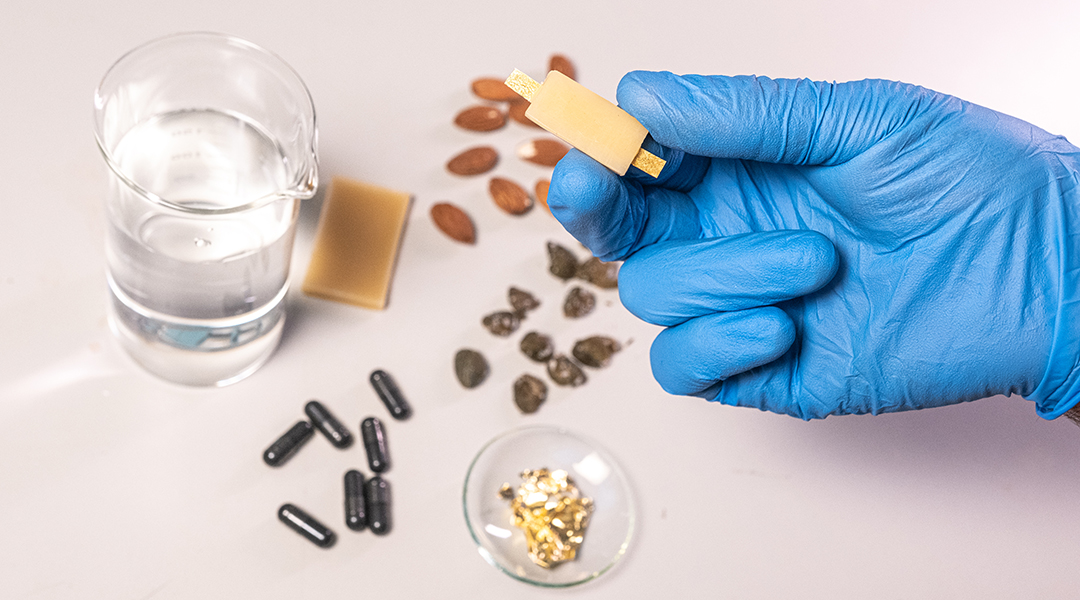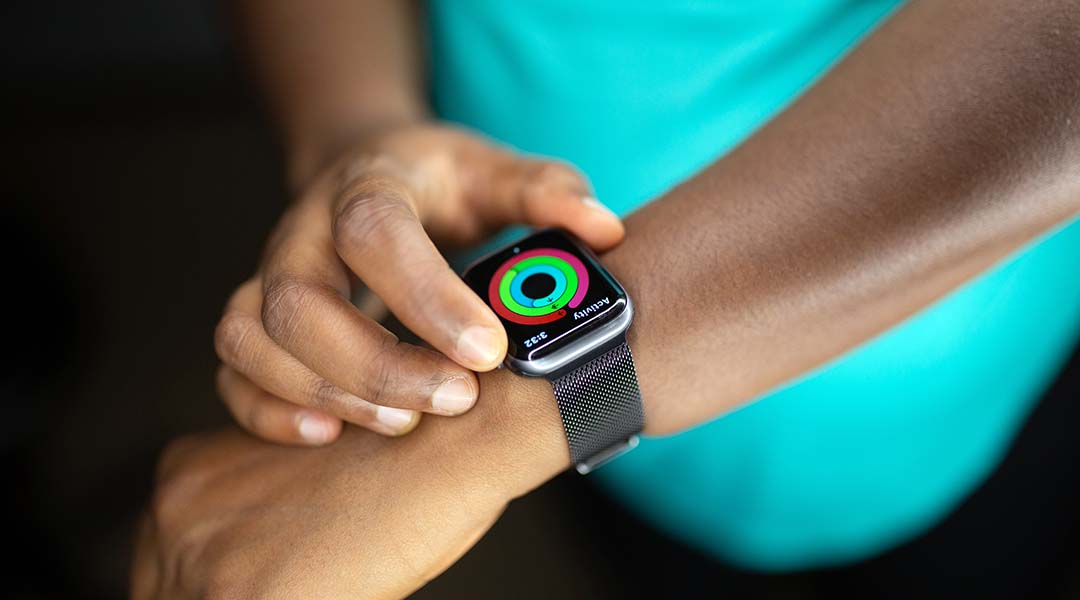“We’ve essentially reworked the standard recipe for making organic light emitting diodes, like those found in smartphones.”


“We’ve essentially reworked the standard recipe for making organic light emitting diodes, like those found in smartphones.”

Researchers are tackling the growing problem of electronic waste by designing wearable electronics from sustainable and recyclable materials.

E-CASE liquid metal adhesive enables flexible connections to make better, tougher flexible electronics for wearables and robotics.

The generator harnesses energy from water and is built with a fiberform material derived from the straps of disposable medical masks.

Discover how cellulose may revolutionize flexible electronics, replacing plastics in eco-friendly, sustainable substrates for innovative devices.

A liquid metal encapsulated within bio-based shells allows researchers to “draw” functioning electronic circuits with ease.

Through awareness and education, individuals may become more conscious of their future spending choices, ultimately contributing to the success of the right to repair movement.

A tough gel electrolyte protects lithium metal anodes for safer and more efficient rechargeable batteries.

An edible and rechargeable battery to power devices used for GI tract monitoring, therapeutics, and analyzing food quality.

A novel hydrogel component could increase the life cycle of cheap, safe, environmentally friendly, and energy-efficient batteries.